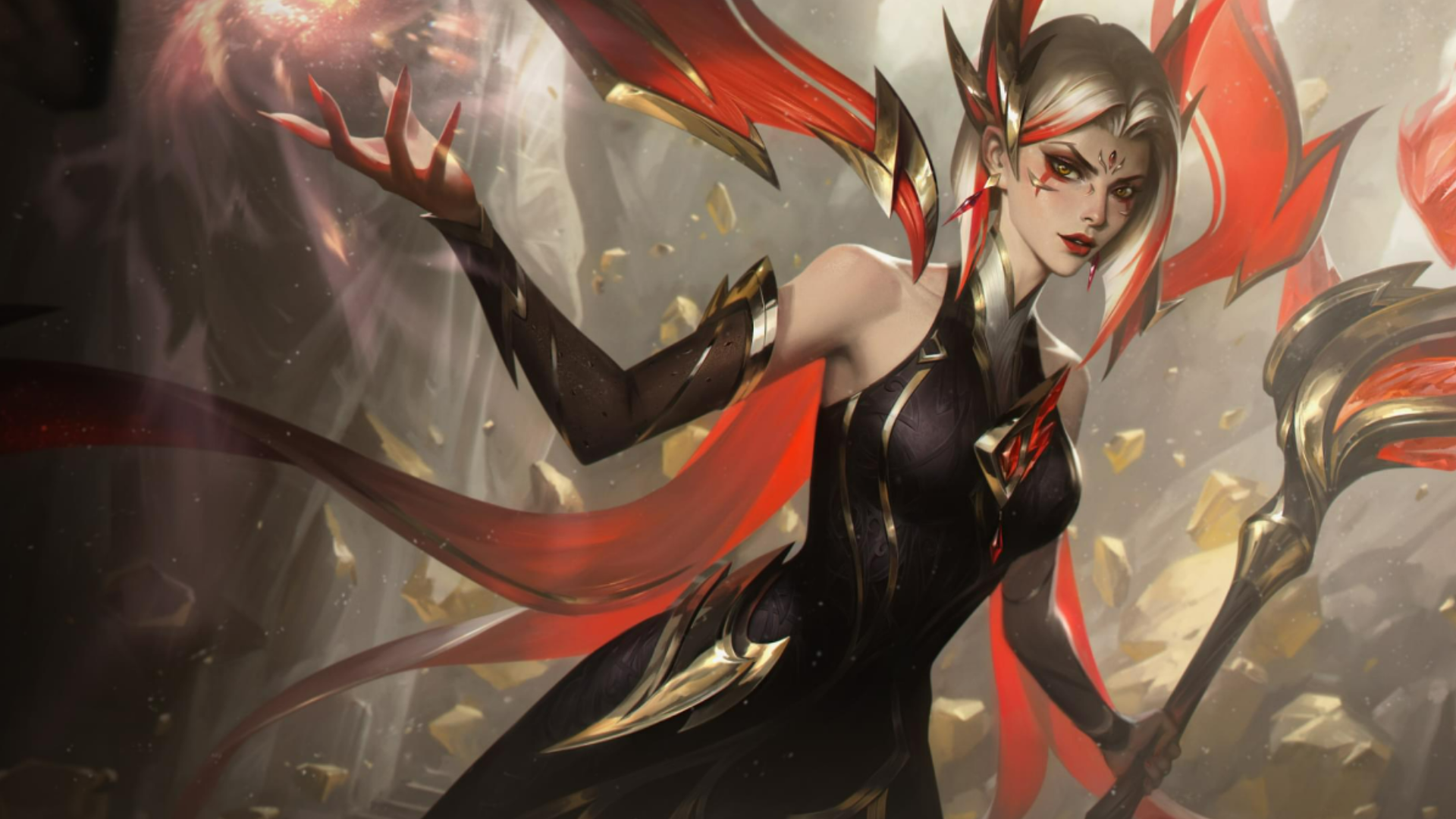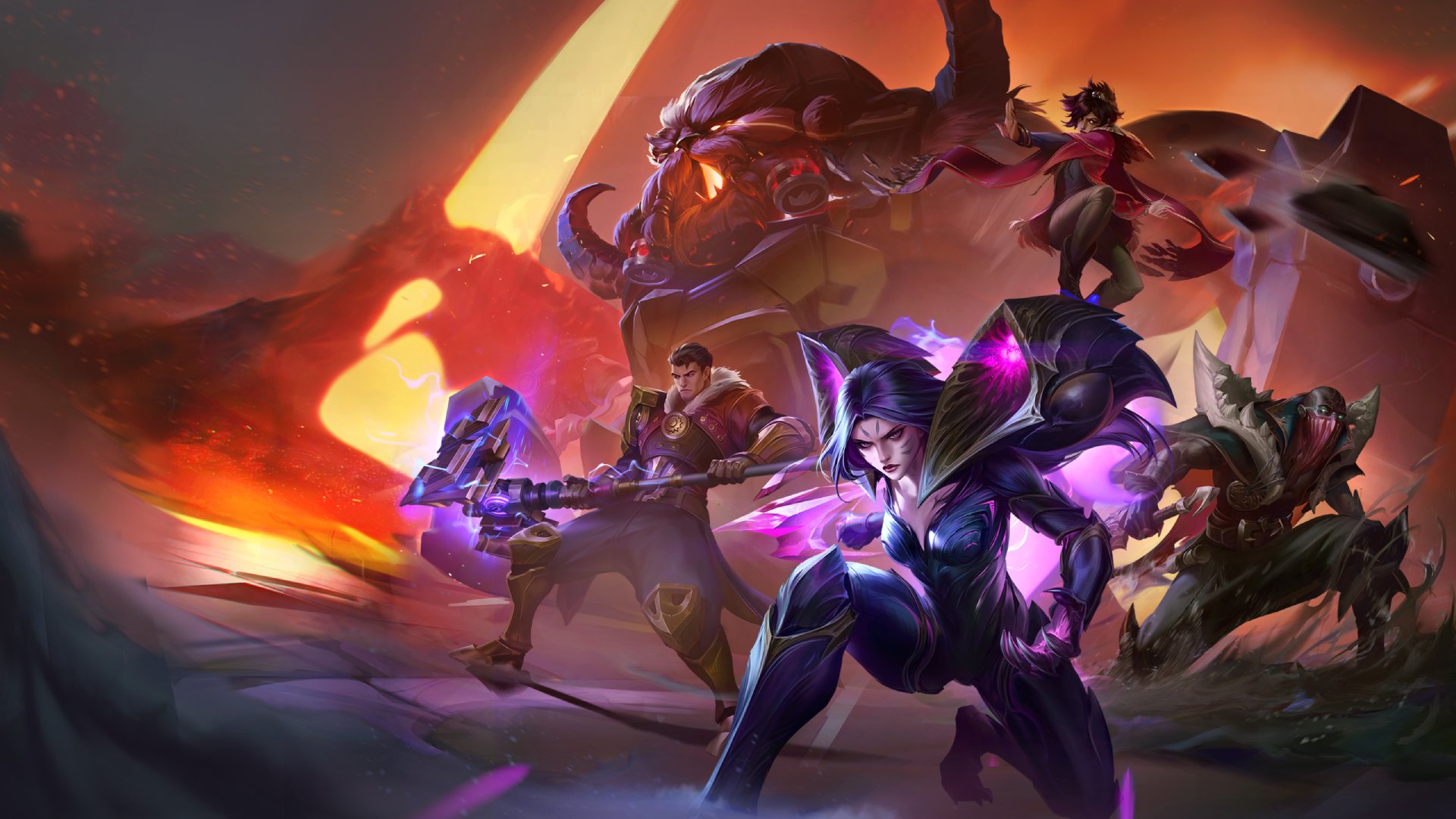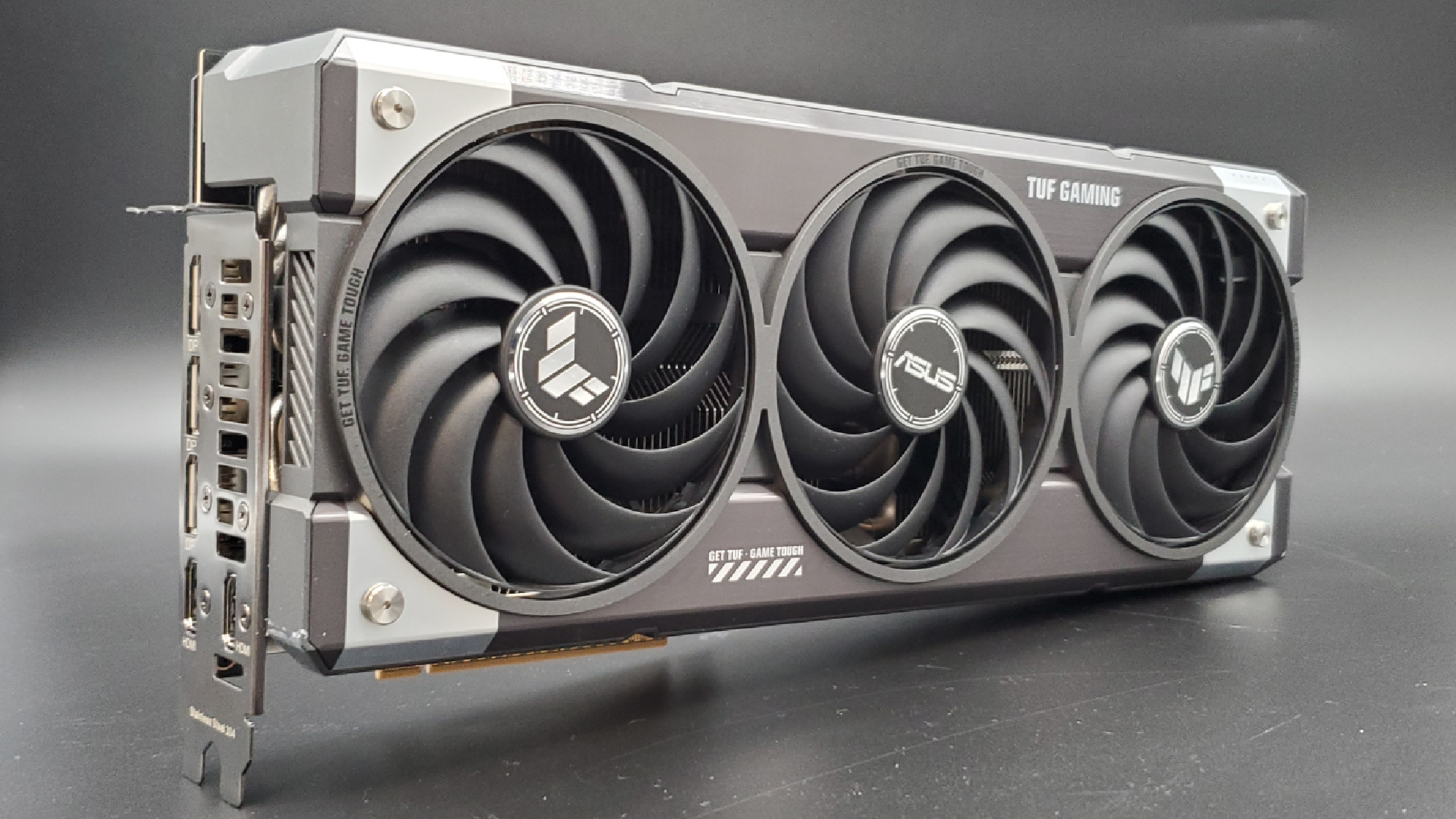According to the game's director, the $500 League of Legends Ahri skin wasn't meant for the average fan, but instead 'players who are willing to spend $200 a month on their hobbies'
Whale watching.

Riot recently came under fire as League of Legends fans pushed back against its introduction of a cosmetic that cost up to $500. The skin was made to celebrate renowned League player Faker for being the first person inducted into Riot's new Hall of Legends, but lots of players were upset that the price barred so many from celebrating the momentous occasion.
Since then, we talked to the game director, Pu Liu during a Q&A at Summer Games Fest, where the issue of sky-high cosmetics prices became the topic of discussion, and from the sound of things, the company doesn't want to make a habit of it.
"I think there are people who are very upset about [the Ahri skin]," Liu says. "And I also think it's kind of justified because when you have a 14-year-old product that starts doing new things that are expensive, when [players] are used to everything living under a certain price point, all of a sudden, it can be kind of jarring." But that still doesn't explain why it was so expensive. After the controversy League of Legends released a video addressing the complaints where a couple of devs explained the price tag was to cover the costs of esports and celebrate iconic pro players.
The pricing for the majority of League's bundles and skins isn't outrageous. The Champions Bundle costs 3,410 in-game currency, which is $35/£35, while the Digital Collector's Pack is 2,520 ($20/£20). While it's not cheap, it does sit around the same ballpark price that many games charge for cosmetics like Overwatch and Valorant. This doesn't mean that cosmetics that go for upwards of $20 should be free from scrutiny, but these prices also aren't very surprising.
Riot has also made it clear that the skins it sells are purely cosmetic, "[League] is competitively orientated, we only sell cosmetics, we don't want anything that even infringes upon pay to win or pay for power," Liu says. But sometimes a cosmetic skin can inadvertently provide a marginal improvement. There's been Frostfire Annie, who could become barely visible when her stun was up, Eternum Nocturne was too different from the original skin, and its particles were as bright as the sun, and Super Galaxy Rumble was just too obnoxious for anyone to enjoy. All of these skins have been banned from pro-play, but this is still a rare issue.

Really, the most expensive cosmetics, like the $500 Ahri skin, are purchased by a very small number of players, usually known as whales. These are the people who will spend a ton of money on cosmetics, packs, and other merch. Often, companies don't actually need every player to buy a pack or a bundle, it just needs a few whales for security.
"The vast majority of our players each year play League, they watch esports, they enjoy all the content, all the music, all the cinematics, and they do this at zero dollars," Liu says. "So the vast majority of players spend $0 on a free play game. As a consequence of that, the majority of our revenue comes from a small, single-digit percentage of players."
The biggest gaming news, reviews and hardware deals
Keep up to date with the most important stories and the best deals, as picked by the PC Gamer team.
There's actually such a thing as having too high of a percentage of your players spending.
game director, Pu Liu
"What we really think about, on the morality side, is that there are players who are willing to spend $200 a month on their hobbies," Liu continues. "God knows how much I've spent on Warhammer figures. But it's really important that we capture that willingness and that ability to spend."
Adults can spend whatever they want on their hobbies, that's not really the issue players had with the recent Ahri skin debacle. While there was a cheaper option for the Faker celebration skin available at $40, this price still locked a lot of fans out of buying the cosmetic. "Almost every League player loves Faker, and we would have loved to own the Ahri skin dedicated to him," a fan says on Reddit. "Riot putting the full skin behind a [$500] paywall is the biggest insult imaginable to us. Riot chose to exploit our love for Faker for their own gain." So, in this case, Riot may have cast the net a bit wide when it comes to catching whales.
Liu actually says it best: "If a lot of people that didn't have a history of spending on League, all of a sudden buy the signature bundle, we'd be like, 'Oh God, what have we done'? But if these people historically have spent money on skins, [new bundles] give them a new avenue to support the esports ecosystem with a 30% [revenue] share. We believe that there's actually such a thing as having too high of a percentage of your players spending in a free-to-play game because that means your free-to-play experience relative to your paid experiences is not good enough."

Elie is a news writer with an unhealthy love of horror games—even though their greatest fear is being chased. When they're not screaming or hiding, there's a good chance you'll find them testing their metal in metroidvanias or just admiring their Pokemon TCG collection. Elie has previously worked at TechRadar Gaming as a staff writer and studied at JOMEC in International Journalism and Documentaries – spending their free time filming short docs about Smash Bros. or any indie game that crossed their path.

